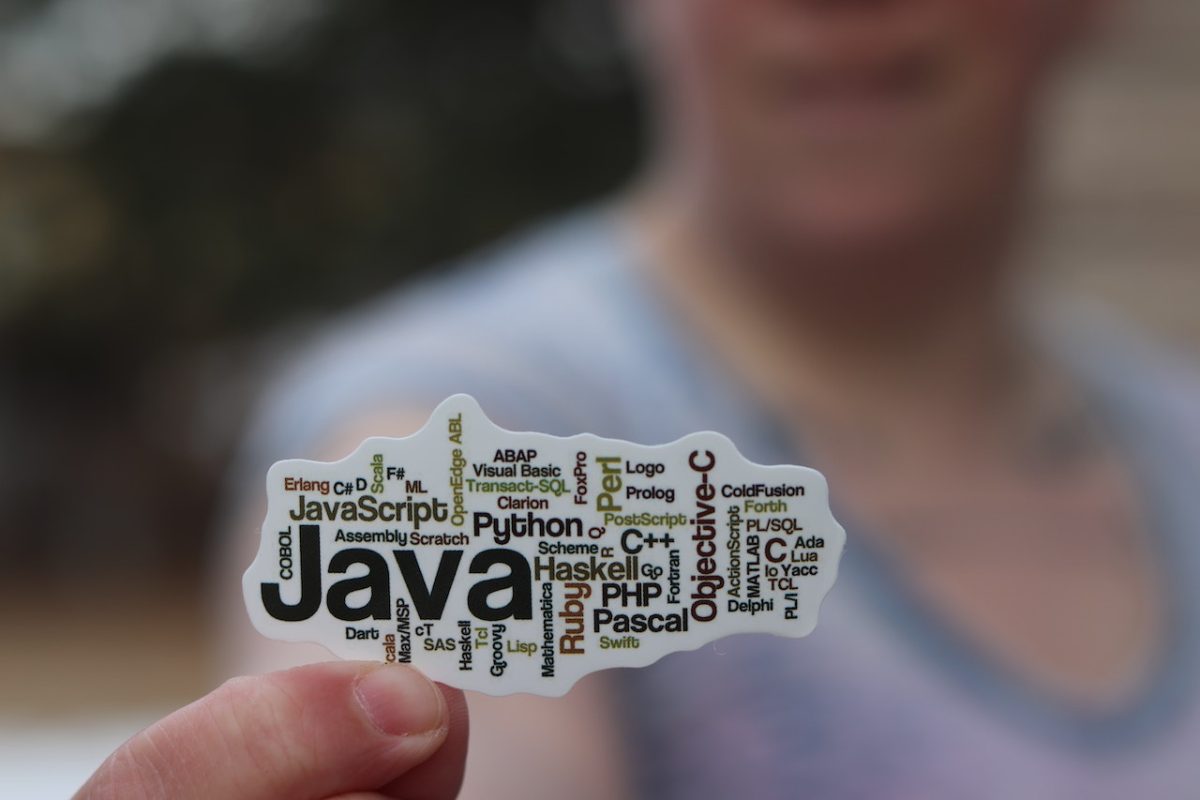Java is one of the most popular programming languages in the world, with millions of developers using it to create applications for a wide range of industries. As we move into 2023, the Java development landscape is set to continue evolving, with new trends and technologies emerging that will shape the way developers work and create applications.
In this article, we’ll take a closer look at some of the most important Java development trends to watch out for in 2023.

1. Rise of Serverless Computing
Serverless computing is an approach to application development and deployment that eliminates the need for developers to manage servers and infrastructure. Instead, the cloud provider takes care of everything, allowing developers to focus on writing code and building applications.
In 2023, we can expect to see a significant increase in the adoption of serverless computing in the Java development world. With platforms like AWS Lambda and Azure Functions becoming more popular, developers can build and deploy applications faster and more efficiently than ever before.
2. Embracing DevOps Culture
DevOps is a culture and set of practices that emphasizes collaboration, communication, and automation between development and operations teams. In recent years, the DevOps movement has gained significant momentum, and this trend is set to continue in 2023.
Java development teams will increasingly embrace DevOps practices, using tools like Jenkins, Ansible, and Docker to automate their build, testing, and deployment processes. This will lead to faster development cycles, more frequent releases, and higher-quality applications.
3. Microservices Architecture
Microservices architecture is an approach to building applications that involves breaking them down into smaller, independent components that can be developed, deployed, and scaled independently. In 2023, we can expect to see more Java developers adopting microservices architecture as a way to build more agile, scalable applications.
Microservices architecture offers a number of benefits, including easier maintenance, faster development cycles, and improved scalability. Java developers will use frameworks like Spring Boot and Micronaut to build microservices-based applications, and tools like Kubernetes and Istio to manage and orchestrate their deployment.
4. Cloud-Native Java Development
Cloud-native development is an approach to building applications that are designed specifically and originally for deployment in cloud environments. In 2023, we can expect to see more Java developers embracing cloud-native development, using technologies like Docker, Kubernetes, and Istio to build and deploy cloud-native Java applications.
Cloud-native Java applications are designed to be highly scalable, fault-tolerant, and easily deployable, making them ideal for use in cloud environments. Developers will use frameworks like Quarkus and Helidon to build cloud-native Java applications, and platforms like OpenShift and Google Cloud Platform to deploy and manage them.
5. Machine Learning (ML) and Artificial Intelligence (AI)
Machine learning and AI are rapidly transforming the way we build and use the software. In 2023, we can expect to see more Java developers incorporating machine learning and AI into their applications, using frameworks like TensorFlow and Keras to build intelligent, data-driven applications.
Machine learning and AI offer a number of benefits, including improved decision-making, predictive analytics, and personalized experiences. Java developers will use tools like Apache Spark and Hadoop to process and analyze large datasets, and frameworks like Deeplearning4j to build intelligent applications.
6. Kotlin
Kotlin is a programming language that runs on the Java Virtual Machine and is designed to be more concise and expressive than Java. In recent years, Kotlin has gained significant popularity, and this trend is set to continue in 2023.
Java developers will increasingly use Kotlin to build applications, taking advantage of its concise syntax, null safety, and interoperability with Java. Kotlin also offers a number of other benefits, including improved performance, better tooling, and support for functional programming.
7. Reactive Programming
Reactive programming is an approach to building applications that are highly responsive and resilient to failure. In 2023, we can expect to see more Java developers embracing reactive programming, using frameworks like Reactor and Akka to build reactive applications.
Reactive programming offers a number of benefits, including improved performance, better scalability, and better resilience to failure. Java developers will use reactive programming to build applications that are highly responsive to user input, can handle large amounts of data, and are resilient to failure.
Conclusion
In conclusion, Java development in 2023 will be an exciting and innovative space, with new trends and technologies emerging that will shape the way developers work and create applications. From the rise of serverless computing and microservices architecture to the embrace of DevOps culture and cloud-native development, Java developers will have a wealth of tools and technologies to build faster, more resilient, and more intelligent applications than ever before. So, if you’re outsource Java developers for your software development projects, be sure to keep an eye on these trends as we move into 2023 and beyond.






Read More From Us?
Sign up for our newsletter
Read More From Us?
Sign up for our newsletter